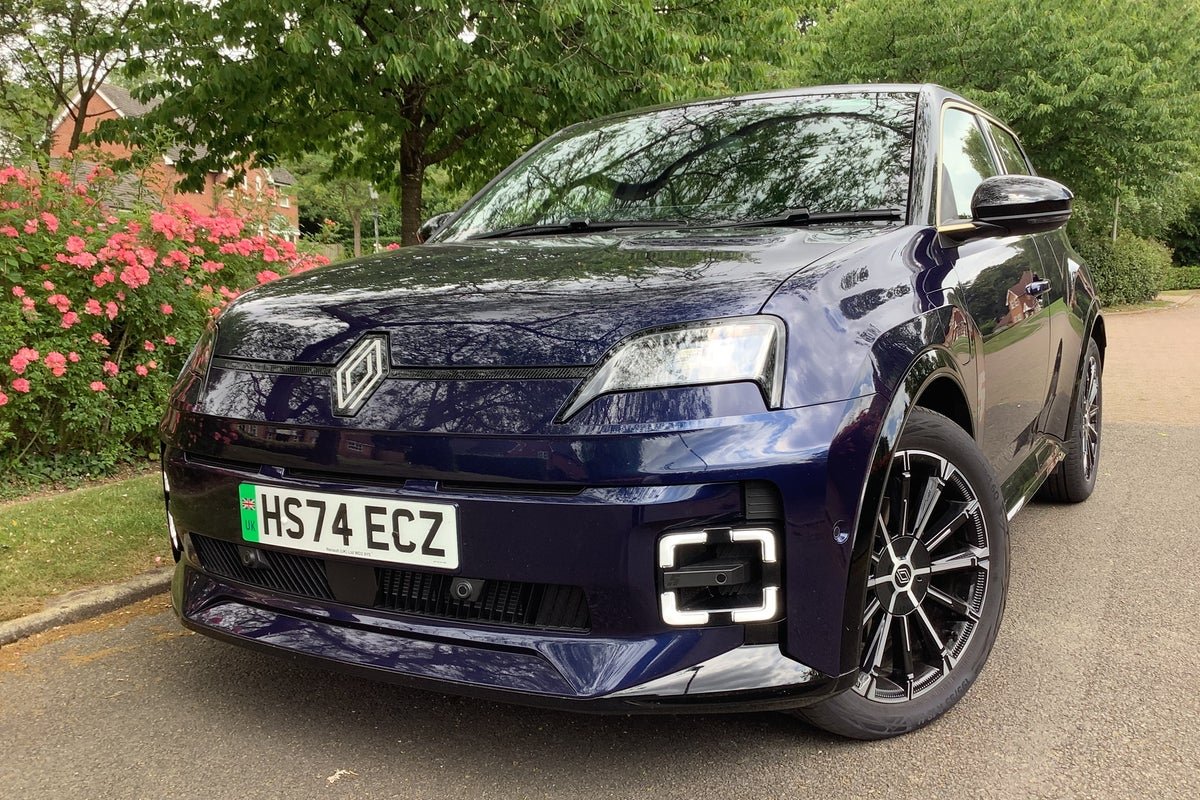Doing retro is a tricky business. A branch of fashion, really (which cars should be, given their expressive role in our lives), and that’s, well, hit and miss. Go too kitsch and you can end up with a bit of a pastiche – like the Fiat 600, which doesn’t bear much relation to anything from the past (shame on the Italians, there), or the strange Japanese Mitsuoka Viewt, a miniaturised Mark 2 Jag based on a Micro. Move away too far from your roots, like the latest heavyweight generation of “new” BMW-built Minis (actually about a quarter of a century old now), and the lineage is lost.
Happier are the Fiat 500, the much missed Fiat 124 Spider, and the latter iteration of the reborn VW “New Beetle”, (though the old one never wore such a badge), which scuttled away, unnoticed, about the time when we put Clegg and Cameron into Downing Street (that pair remain firmly out of fashion).
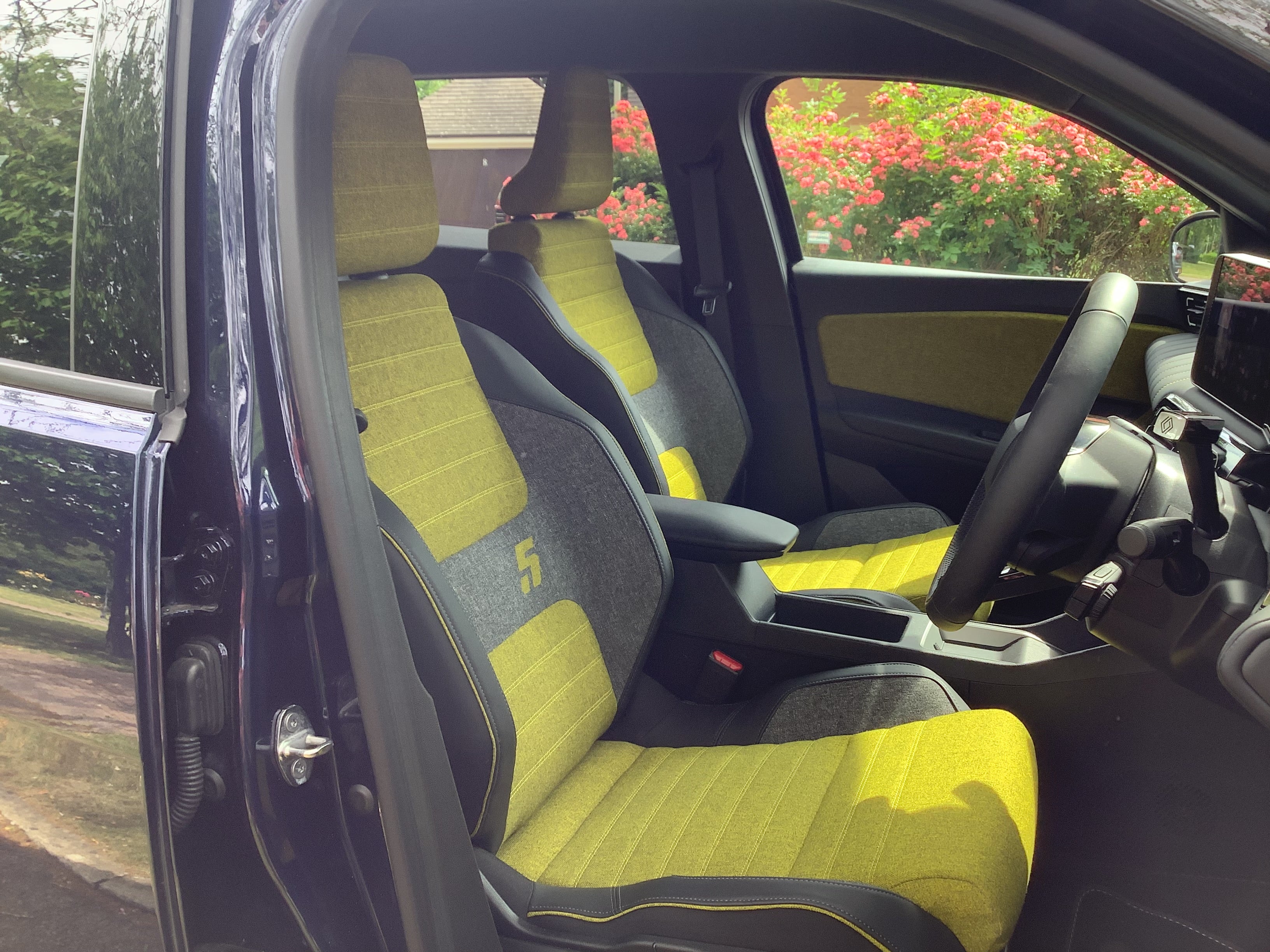
Which brings us to the new/old Renault 5. This battery electric vehicle could easily have been a farce, because misjudgements in couture are so easy, but what the designers seem to have done is considered what the Renault 5 (born 1972), a hatchback supermini, as such cars were once known, might actually have evolved into had it not been replaced by the radically different-looking Clio by 1996 (yes, it was that long ago, Nicole). Well, it works.
The spec
Renault 5 E-Tech Iconic Five Comfort
Price: £39,990 (as tested, range starts at £22,995)
Propulsion: Single electric motor, powered by 52kWh battery, FWD
Power (hp): 148
Top speed (mph): 93
0-60 (seconds): 8.0
Economy (mile/kWh): 4.5
Range (miles): circa 230
CO2 emissions: 0
There’s just enough in the way of exterior styling cues around the grille, the rear lights and the profile to be strongly reminiscent of the original 5, especially the chunkier late GT Turbo editions, but not overdoing it so that anyone unfamiliar with the old car (ie, born after about 1990) or who doesn’t care anyway, would see it as wilfully odd and pointless. The interior, too, is a nicely balanced mix – very Seventies bi-colour seats, a fairly random upholstered ledge sticking out of the dash (the one on the old 5 was for carrying essentials such as a Fun Boy Three cassette, a pack of then trendy Gauloises, and an A to Z.
It all harmonises with the wide touchscreens and their show-off graphics, which wouldn’t have looked out of place on a 1981 Renault range brochure. There’s a big light in the bonnet telling you the state of the battery, a modern version of the air intake, I guess, with “5” graphics. It’s all executed very well – classic with a twist, you might say, like The Independent.
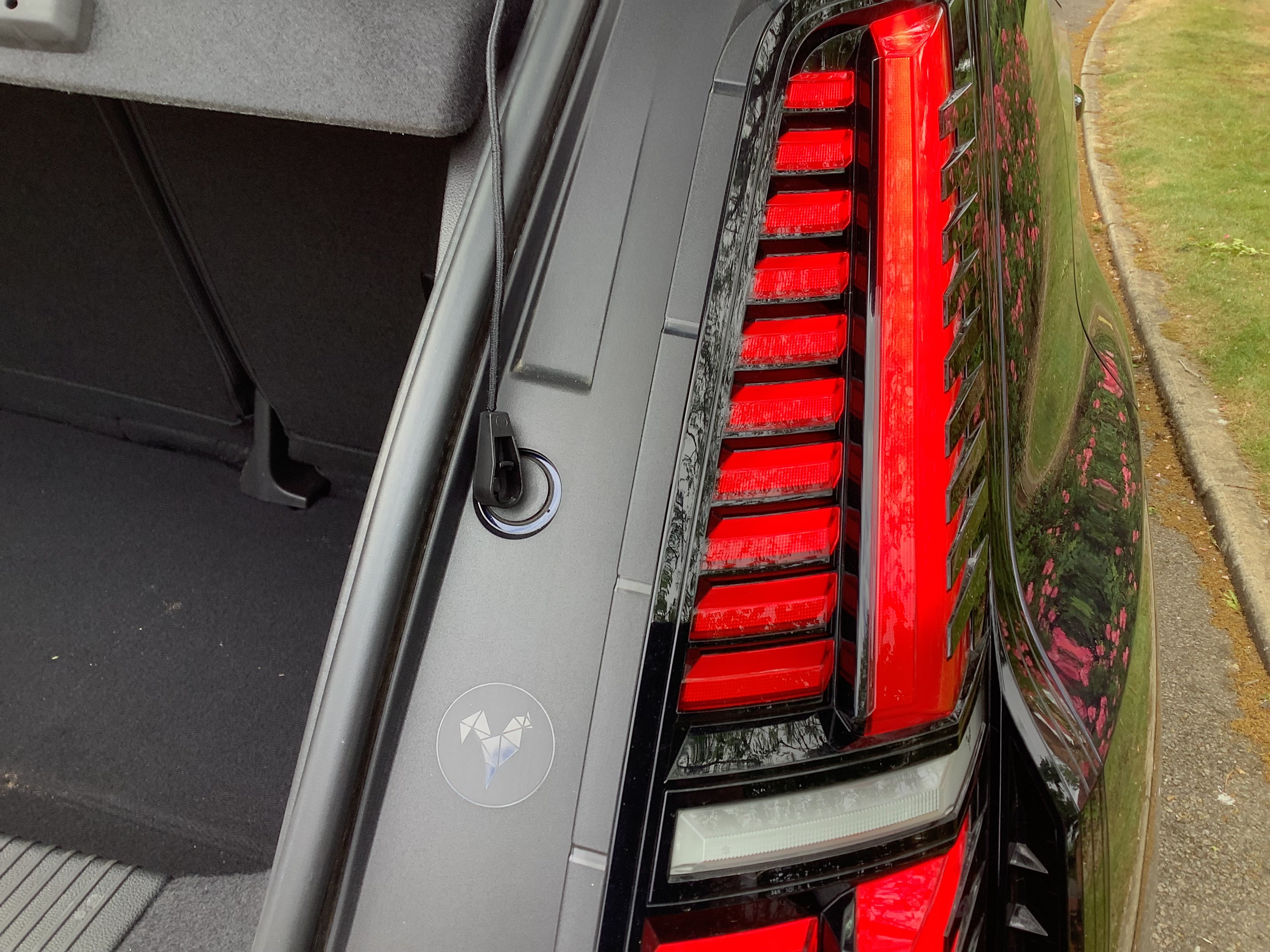
In fact, the only unintendedly retro feature in the new 5 is the little pod sitting behind the steering wheel which controls the audio, unless you want to muck about on the touchscreen, and isn’t truly retro but just a very old piece of kit indeed, certainly dating back to the days of the Mark 2 Clios. (If you’re still determined to drive a fossil-fuelled Clio, by the way, Renault will happily sell you one, but the 5 is nicer and competitively priced. Just saying.)
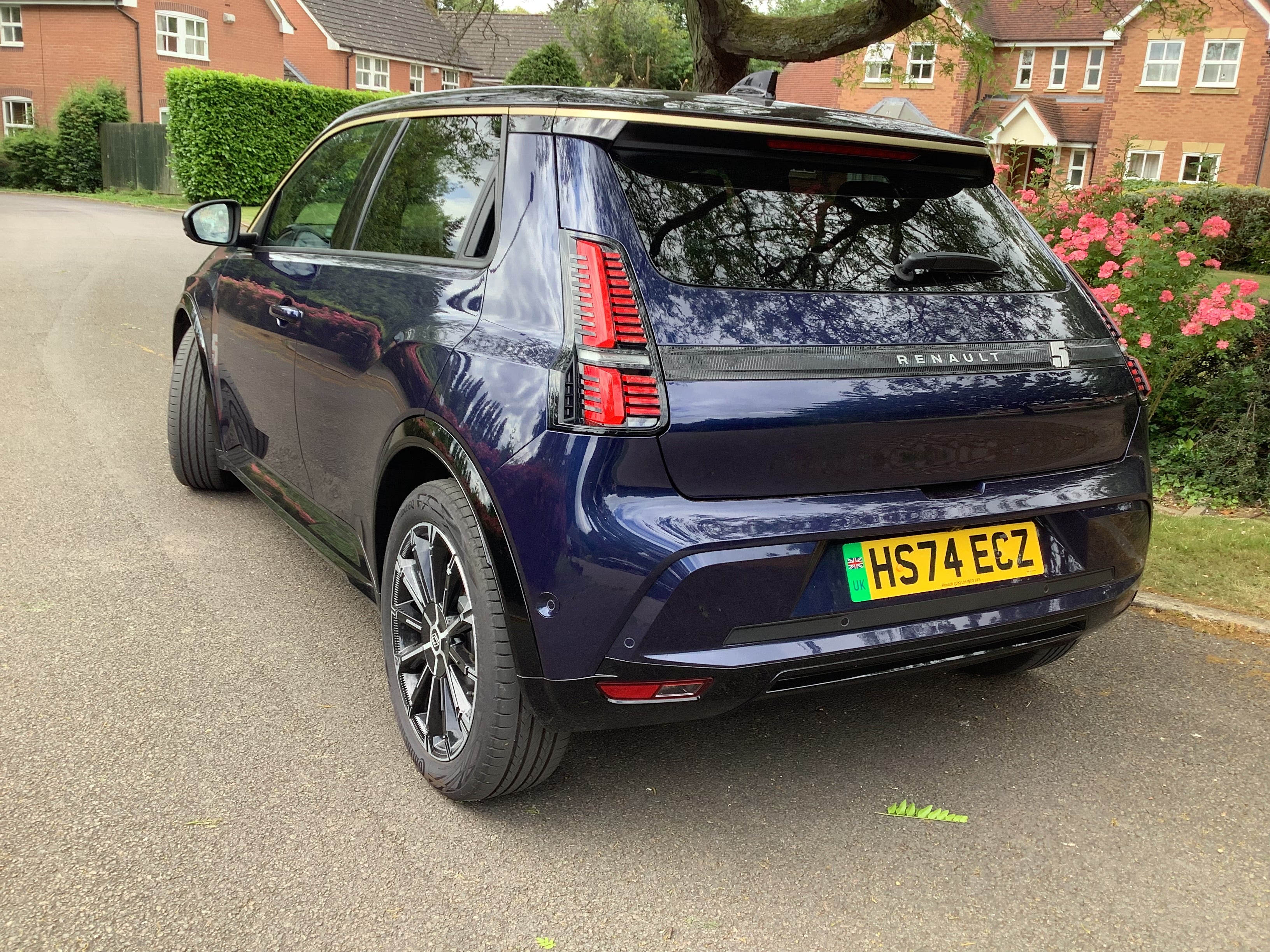
The big difference for those of us who can remember taking a corner virtually horizontally in the old 5 is that this car manages to be comfortable, deliver excellent performance and return good energy efficiency with a great deal more composure. It’s a properly engineered package, with sophisticated suspension and compact NDM batteries – all good for space. Hence, a boot of 326 litres, quite sufficient for the town-car class. Safety is a touch disappointing on a new model – 4 out of 5 NCAP stars (doing less well on electronic aids and pedestrian safety, maybe down to that upright front end).
There are two battery options, and both should deliver a 150- to 200-mile-plus range, depending on how you treat the car and what the season is (icy weather doing motorway work is always very hard on a battery). It’s quite fun to drive, with the torquey motor planting the torque through the front wheels sans drama, though I didn’t sense that much difference between the sport, comfort and economy modes. The five doors offer acceptable access, but I can’t take it seriously as a supposed five-seater. It also has 50 multimedia apps, for some reason. More relevant, charging is at an equivalent rate of 36mph at home (about 5 hours), and 250mph at a rapid charger, say half an hour. For company car folk, the BIK tax charge of 2 per cent is a rare gift from Rachel Reeves.
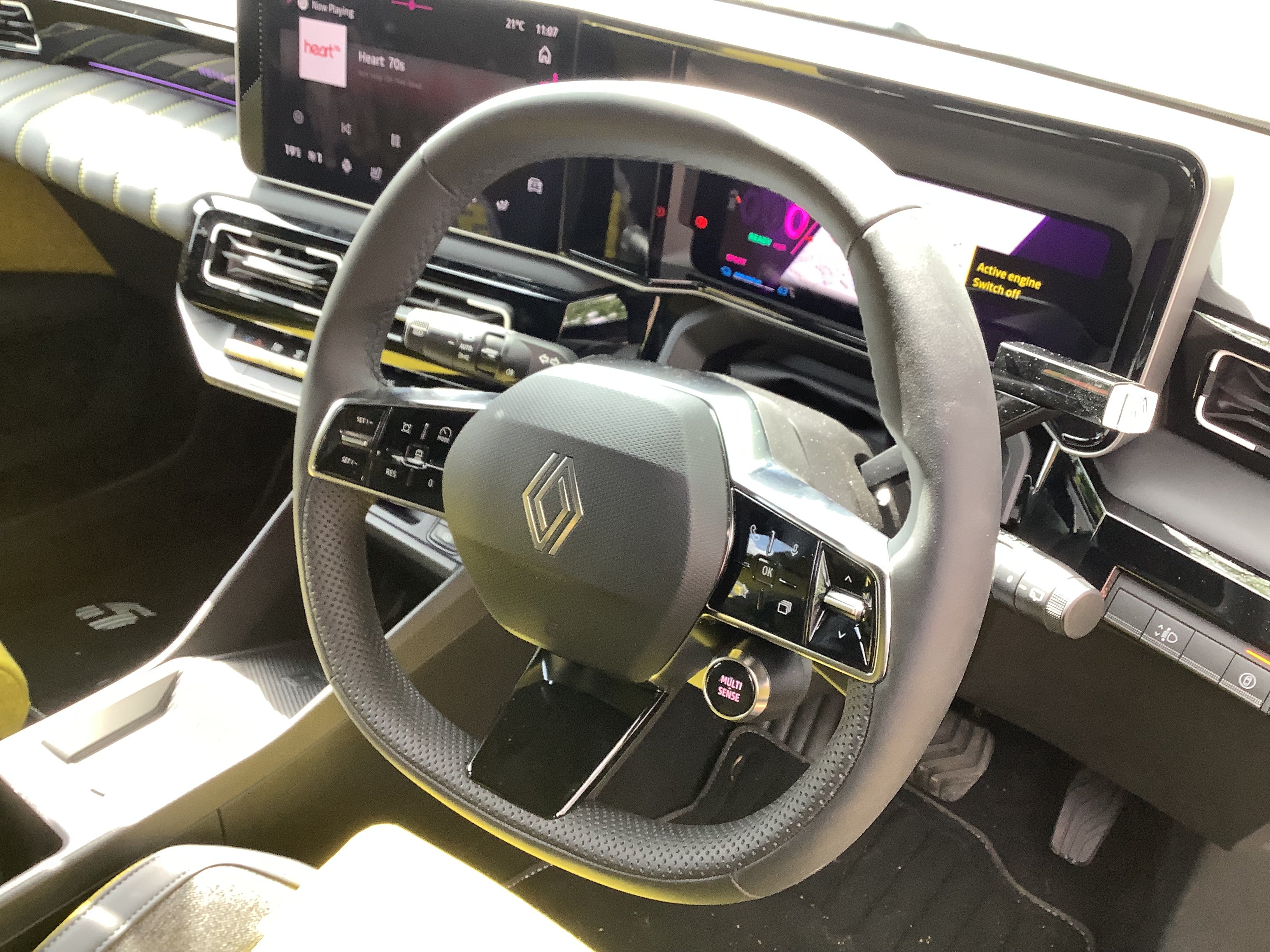
There are better value options out there – more car for your money from MG and XPeng, a similar package for less via Renault Group sibling Dacia or Leapmotor; but there are few models out there of any kind that can bestow that feelgood factor you get when you go for a night out and your outfit is just “right”. The bad news, for Renault, is that the decision to turn what was a whimsical styling concept into a real-world desirable vehicle, and one actually made in France rather than China, was personally made by Renault chief executive Luca de Mel. A smart move in all sorts of ways – but he’s now off to run… Gucci. See what I mean about cars and fashion?
#High #Slip #classic #couture #Renault #ETech

